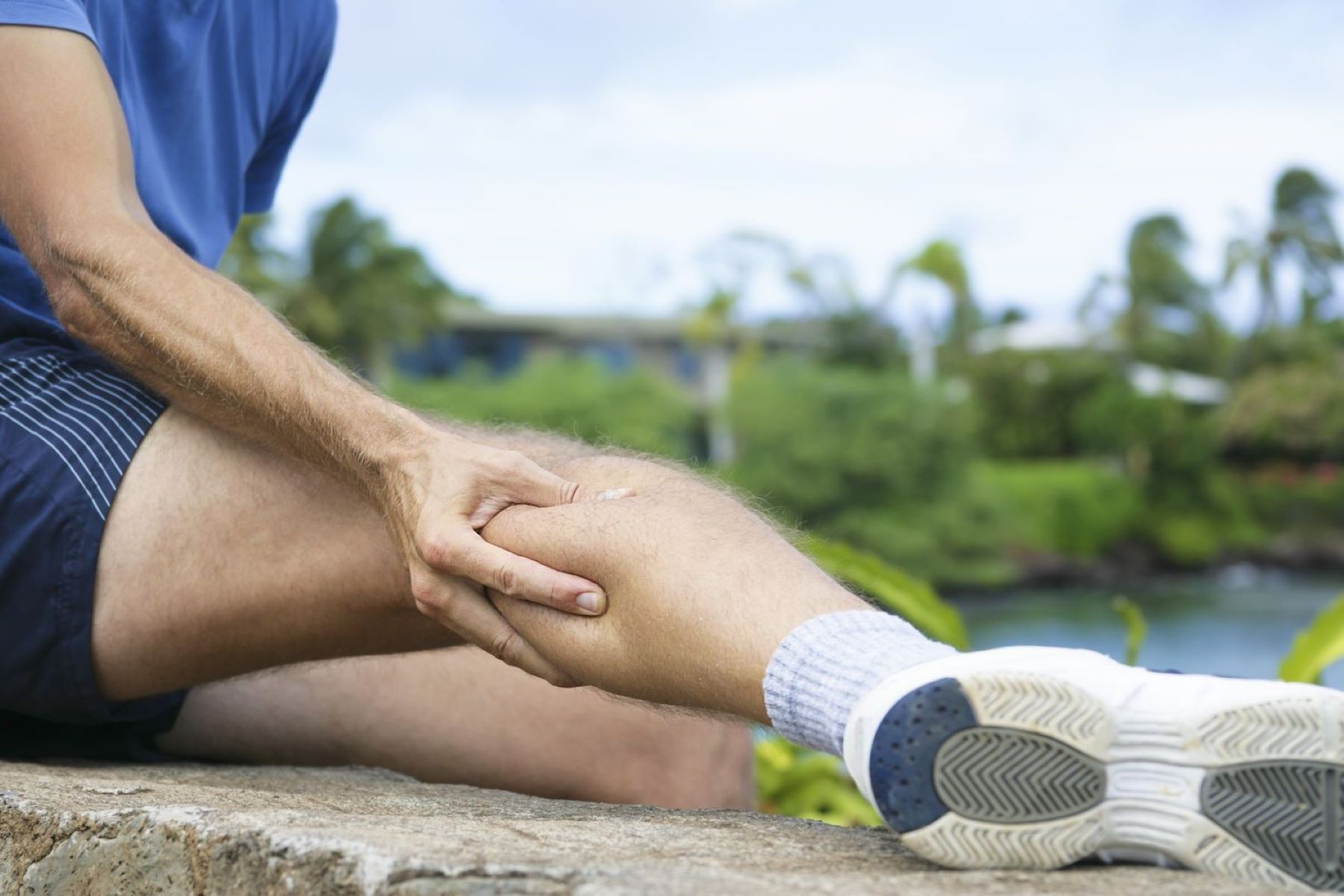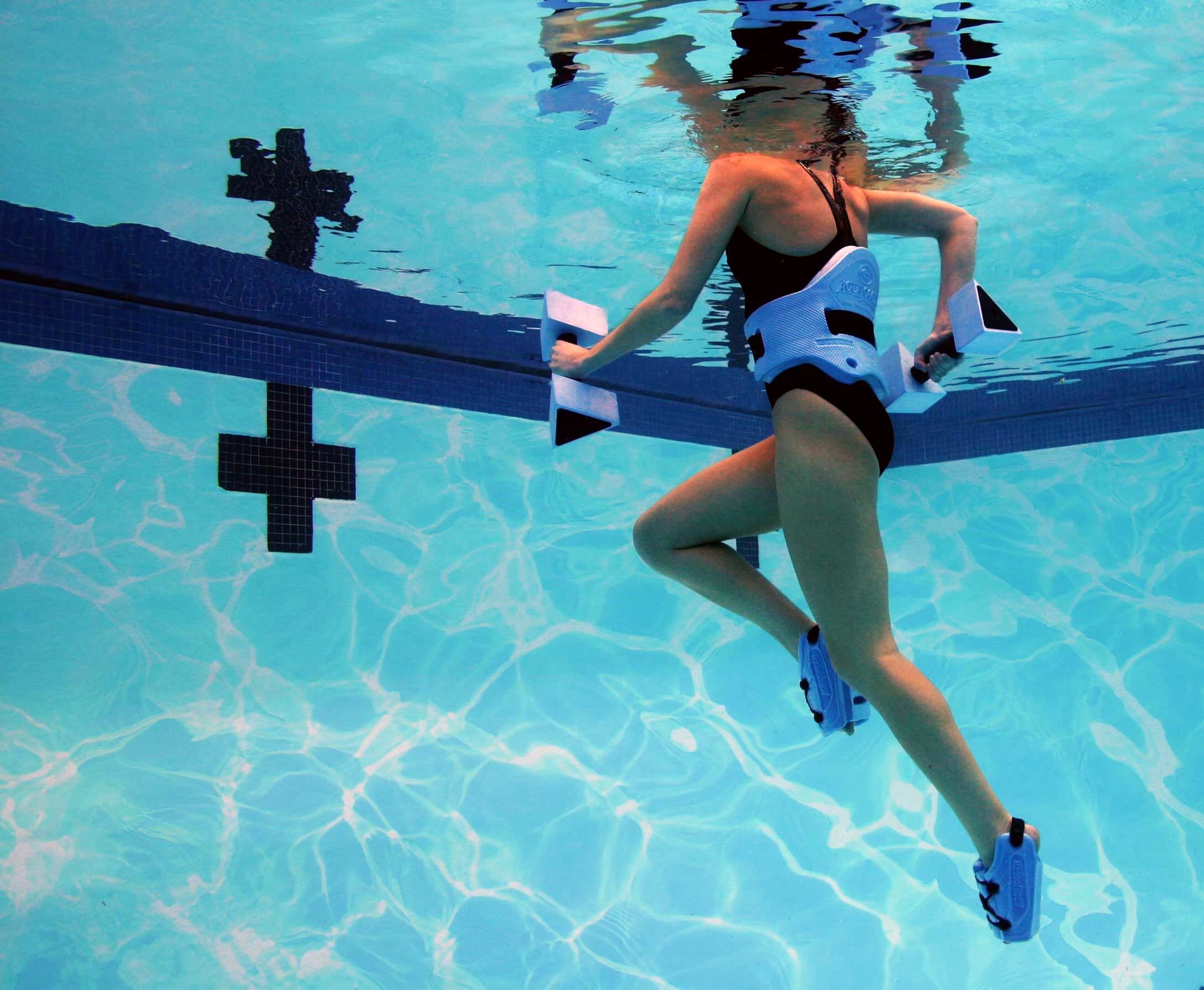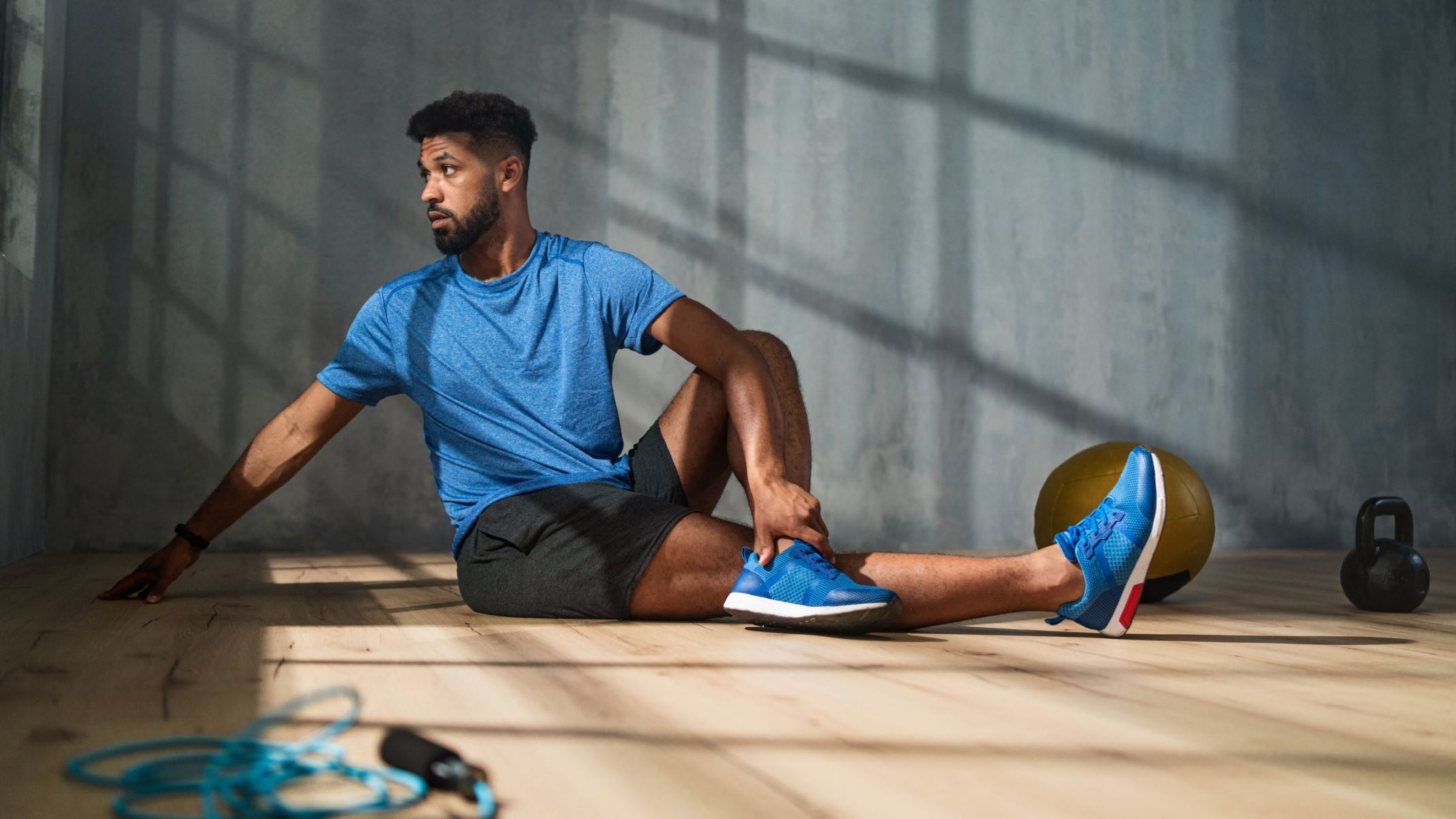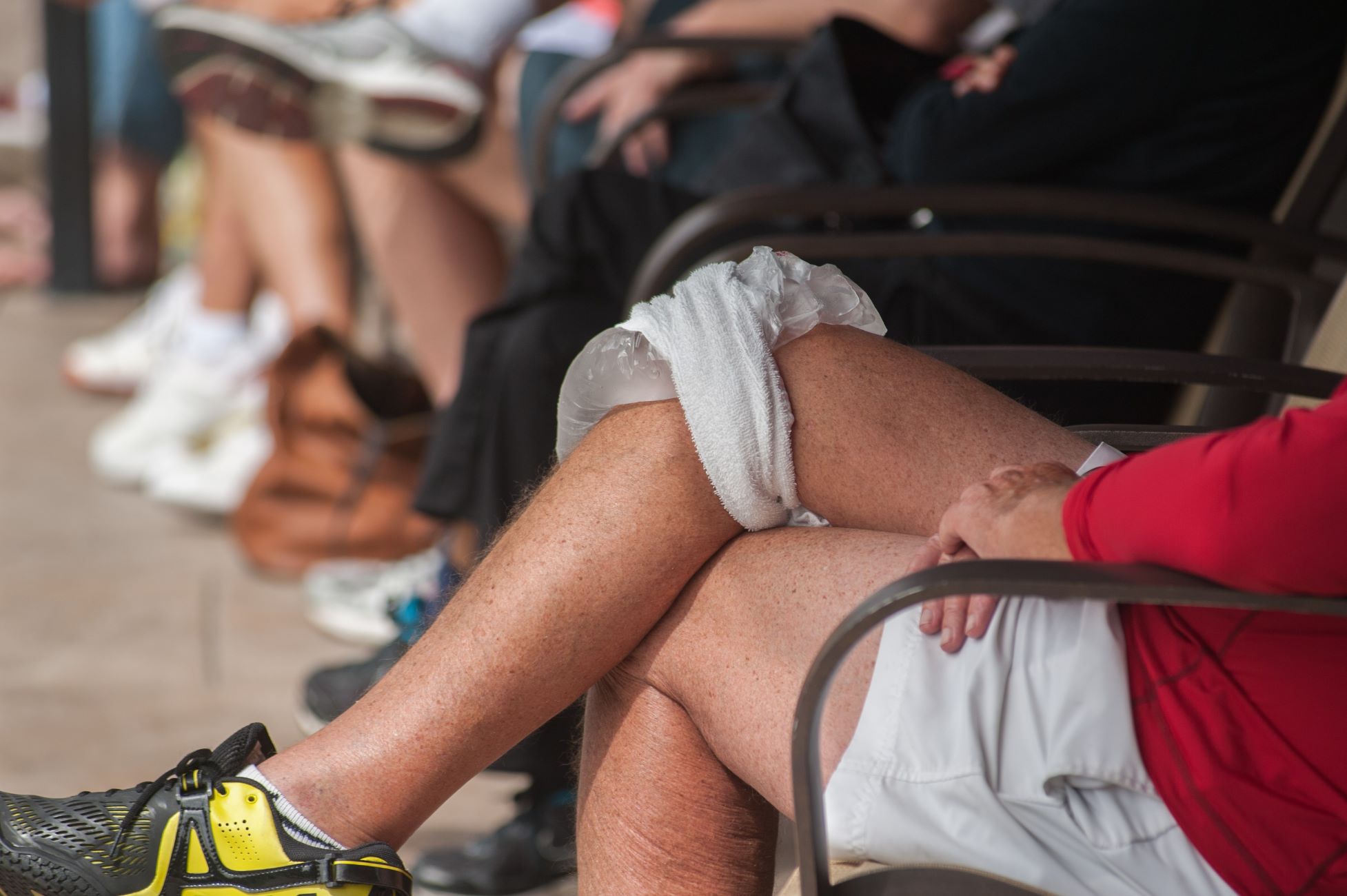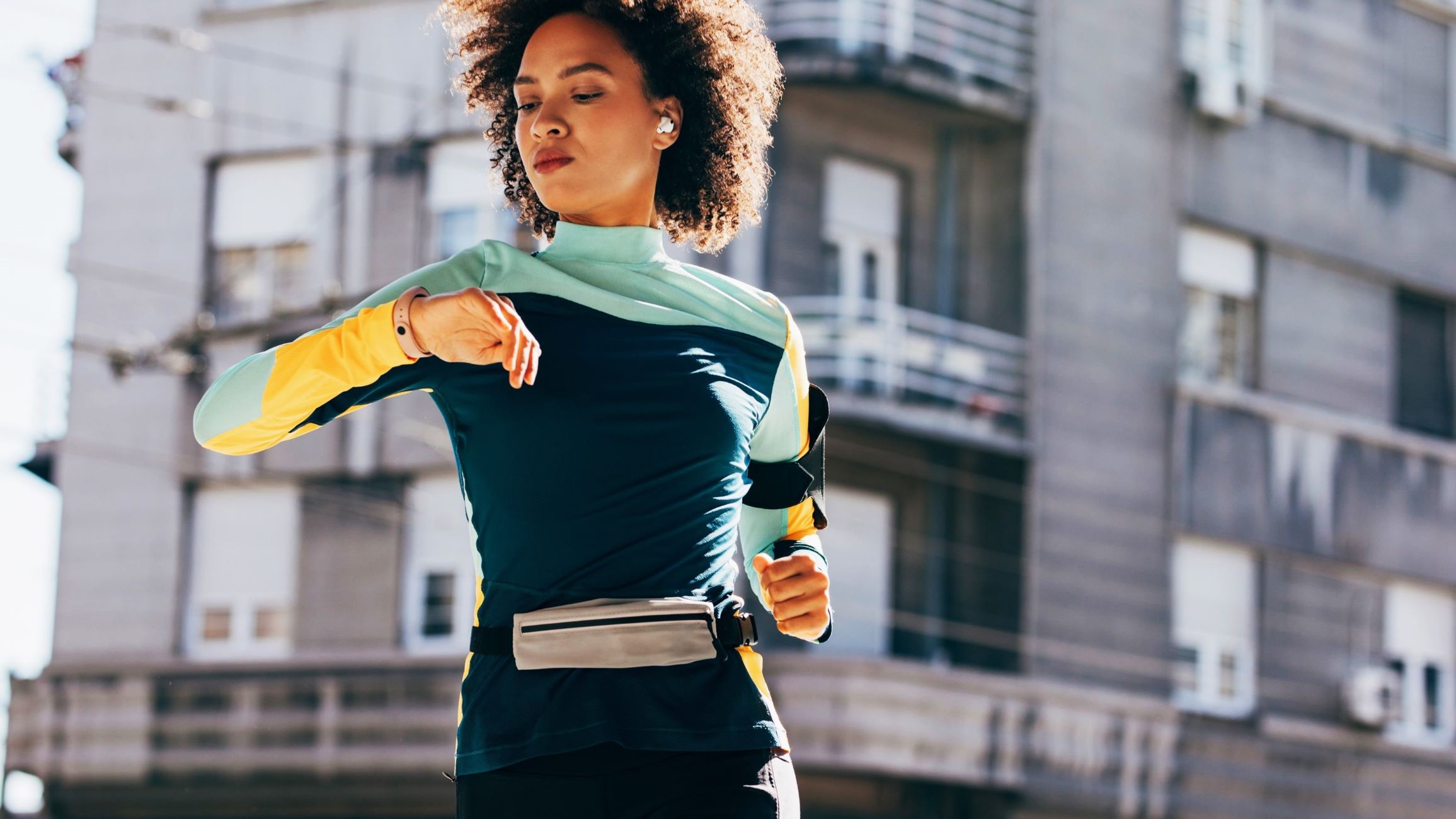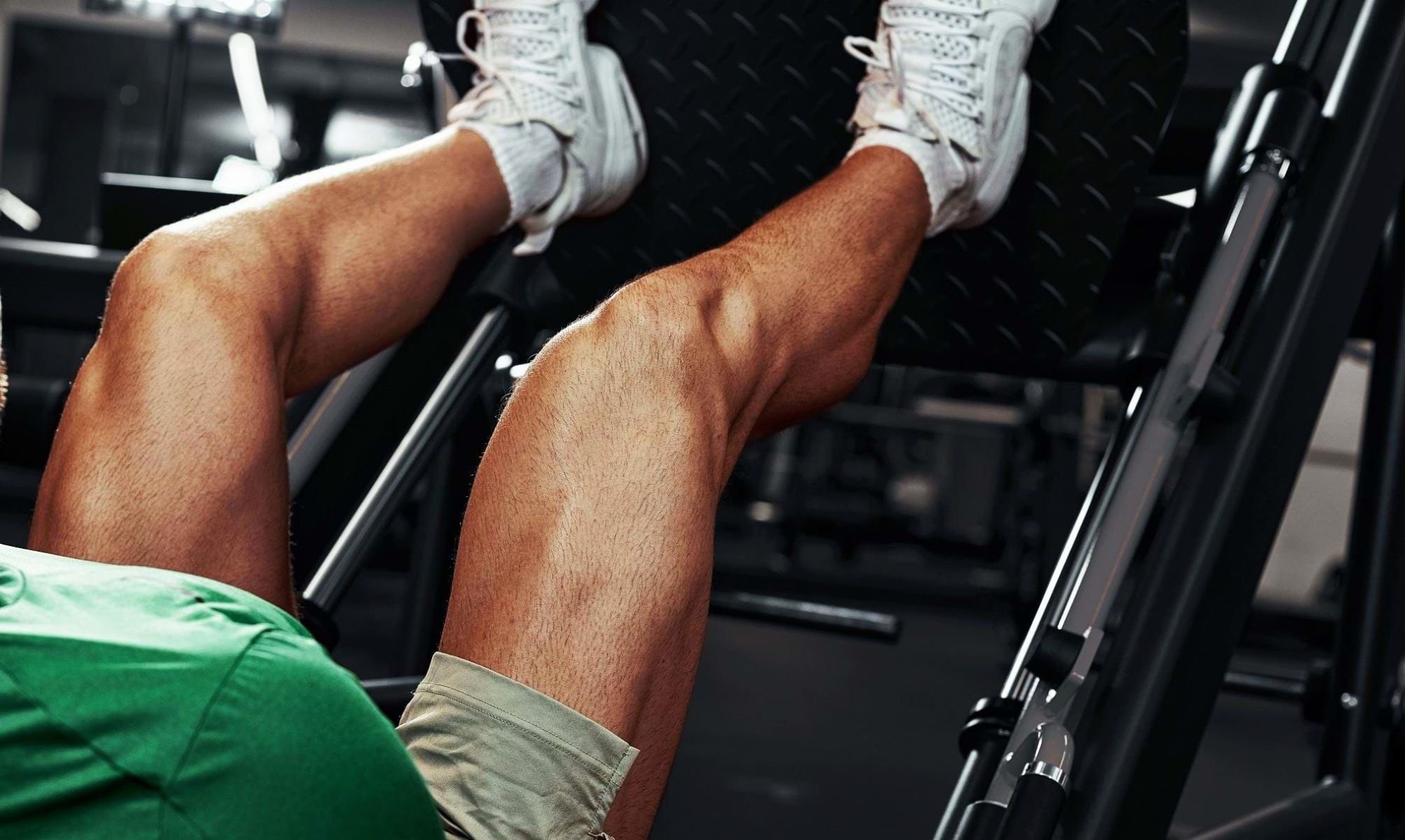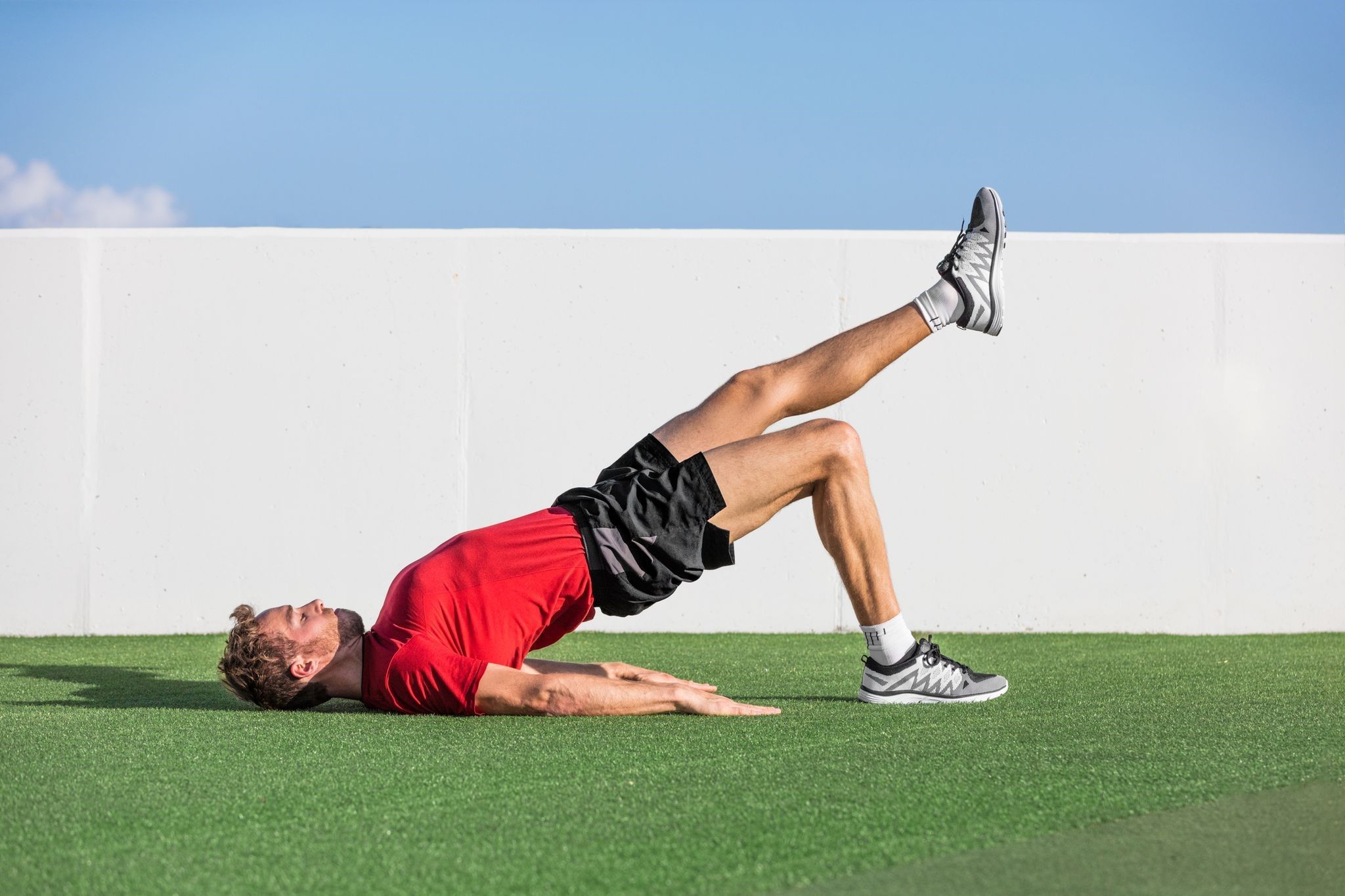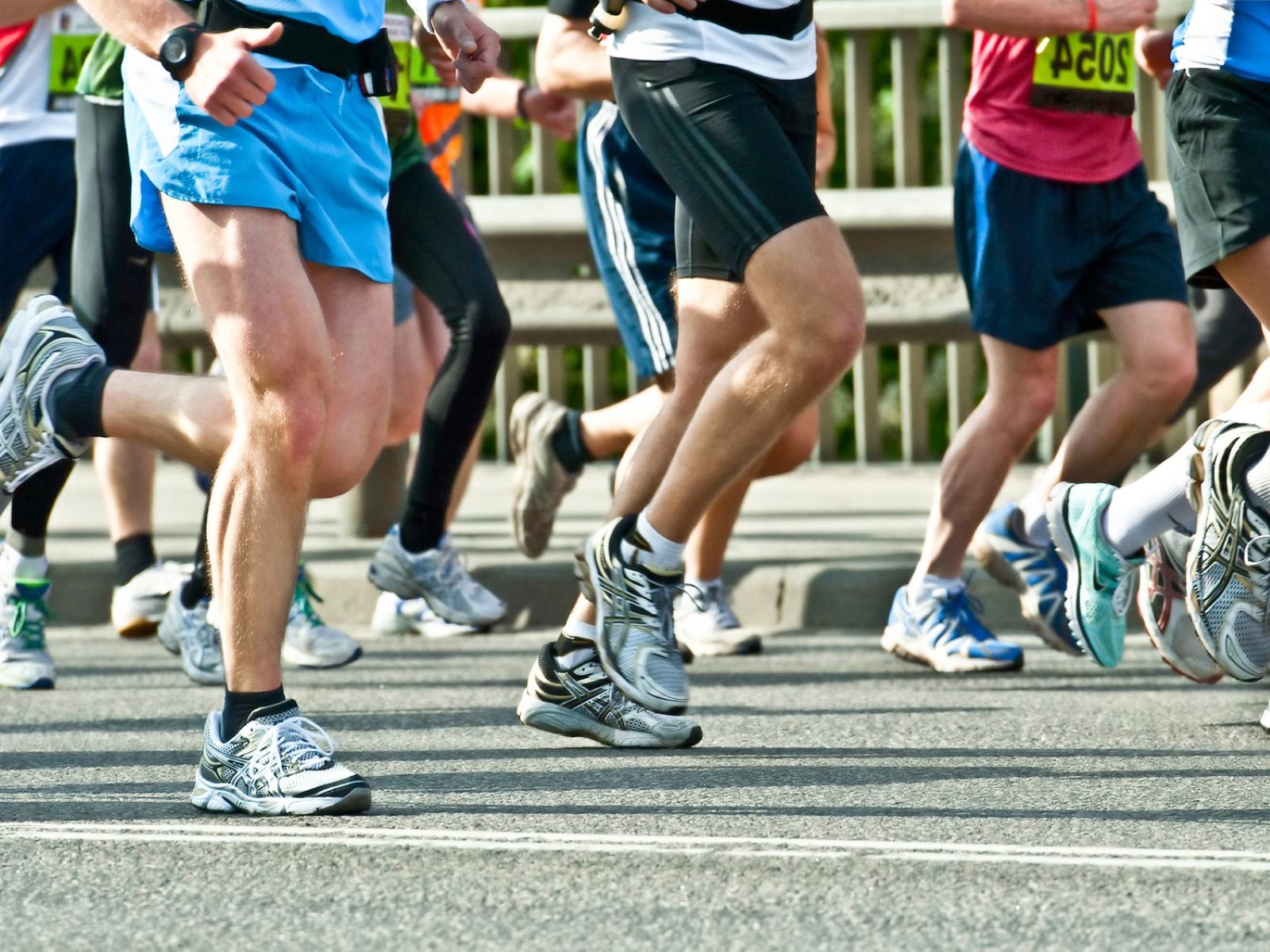Home>Training & Techniques>Don’t Overlook The Importance Of Your Glute Muscle In Running


Training & Techniques
Don’t Overlook The Importance Of Your Glute Muscle In Running
Published: March 1, 2024
Discover the significance of glute muscles in running and explore effective training techniques. Enhance your performance with targeted exercises and expert tips.
(Many of the links in this article redirect to a specific reviewed product. Your purchase of these products through affiliate links helps to generate commission for Therunningadvisor.com, at no extra cost. Learn more)
Table of Contents
The role of the glute muscle in running
The glute muscles, comprising the gluteus maximus, gluteus medius, and gluteus minimus, play a pivotal role in running. These muscles are not only essential for powering the running stride but also for providing stability and preventing injury. The glutes are the body's largest and most powerful muscle group, and their significance in running cannot be overstated.
-
Power Generation: The gluteus maximus, the largest of the three glute muscles, is primarily responsible for hip extension. When running, this muscle contracts to propel the body forward with each stride. It generates the force necessary to push off the ground and propel the body forward, contributing significantly to running speed and efficiency.
-
Stability and Alignment: The gluteus medius and minimus are crucial for maintaining stability and proper alignment of the pelvis and hips during running. These muscles work to stabilize the pelvis and prevent excessive hip drop, which can lead to inefficient movement patterns and increased risk of injury.
-
Injury Prevention: Weak glute muscles can lead to a range of issues, including IT band syndrome, patellofemoral pain syndrome, and other common running injuries. When the glutes are not sufficiently engaged, other muscles may compensate, leading to overuse and potential injury. Strengthening the glute muscles is therefore vital for injury prevention and long-term running success.
In essence, the glute muscles are the powerhouse of running, providing the driving force for forward propulsion, ensuring stability and alignment, and mitigating the risk of injury. Understanding the critical role of the glutes in running underscores the importance of targeted training and proper activation to optimize performance and minimize the risk of injury.
Common issues related to weak glute muscles
Weak glute muscles can lead to a myriad of issues that significantly impact an individual's running performance and overall well-being. Understanding these common issues is crucial for recognizing the importance of strengthening the glute muscles and addressing any underlying weaknesses. Here are the key problems associated with weak glute muscles:
-
Decreased Running Efficiency: When the glute muscles are weak, the body tends to rely more on other muscle groups to compensate for the lack of power and stability. This compensation can lead to inefficient movement patterns, resulting in decreased running efficiency and increased energy expenditure. As a consequence, runners may experience fatigue more quickly and struggle to maintain optimal performance levels.
-
Increased Risk of Injury: Weak glute muscles can contribute to a range of running-related injuries, including IT band syndrome, patellofemoral pain syndrome, and hip instability. Without adequate glute strength, the body may experience biomechanical imbalances, placing excessive stress on other structures such as the knees, hips, and lower back. Over time, this can lead to chronic pain, inflammation, and a heightened susceptibility to acute injuries.
-
Altered Running Mechanics: The glute muscles play a pivotal role in maintaining proper running mechanics. Weak glutes can lead to compromised hip stability and control, resulting in altered gait patterns and increased pronation. These changes in running mechanics not only diminish performance but also elevate the risk of overuse injuries, as certain muscles and joints may be subjected to undue strain due to the body's attempt to compensate for the weak glute muscles.
-
Limited Power Generation: The gluteus maximus, being the primary extensor of the hip, is responsible for generating the propulsive force during running. Weakness in this muscle can limit the body's ability to generate power and drive forward momentum. As a result, runners may struggle to achieve optimal speed and acceleration, hindering their overall running performance.
-
Muscular Imbalances: Weak glute muscles can contribute to muscular imbalances within the lower body. This imbalance can lead to overactivity in other muscle groups, such as the quadriceps and hamstrings, as they attempt to compensate for the lack of strength and stability provided by the glutes. Over time, these imbalances can lead to overuse injuries and chronic musculoskeletal issues.
Recognizing these common issues related to weak glute muscles underscores the critical need for targeted glute strengthening exercises and proactive measures to enhance glute activation and engagement during running. By addressing these weaknesses, runners can improve their performance, reduce the risk of injury, and cultivate a more sustainable and enjoyable running experience.
Exercises to strengthen the glute muscles for better running performance
Strengthening the glute muscles is paramount for enhancing running performance and mitigating the risk of injury. Incorporating targeted exercises that specifically engage the glutes can significantly improve muscle strength, power, and endurance, ultimately translating to more efficient and sustainable running. Here are several highly effective exercises designed to strengthen the glute muscles and optimize running performance:
1. Squats
Squats are a fundamental compound exercise that targets the gluteus maximus, hamstrings, and quadriceps. By performing squats with proper form and gradually increasing resistance, runners can effectively strengthen their glute muscles while also enhancing overall lower body strength and stability.
2. Lunges
Lunges are a versatile exercise that engages the glutes, hamstrings, and quadriceps. Forward, reverse, and lateral lunges can be incorporated into a comprehensive training regimen to promote balanced muscle development and improve single-leg stability, which is crucial for running performance.
3. Hip Thrusts
Hip thrusts specifically target the gluteus maximus and are highly effective for isolating and strengthening these muscles. By performing hip thrusts with a full range of motion and progressively increasing resistance, runners can enhance their hip extension strength, which directly contributes to powerful running strides.
4. Glute Bridges
Glute bridges are a foundational exercise for activating and strengthening the glute muscles. This exercise improves hip stability and enhances the mind-muscle connection with the glutes, fostering better engagement during running and reducing the likelihood of compensatory movements.
5. Clamshells
Clamshells are an excellent exercise for targeting the often-neglected gluteus medius. Strengthening this muscle is crucial for maintaining pelvic stability and preventing excessive hip drop during running, ultimately promoting more efficient and injury-resistant movement patterns.
6. Single-Leg Deadlifts
Single-leg deadlifts are a functional exercise that challenges balance, stability, and strength in the glutes and hamstrings. This exercise mimics the single-leg stance during running, making it highly beneficial for improving running-specific muscle activation and coordination.
Incorporating these exercises into a well-rounded training program can significantly enhance glute muscle strength and endurance, leading to improved running performance and reduced risk of injury. It is essential to perform these exercises with proper technique, gradually increase resistance, and ensure adequate recovery to maximize the benefits and support long-term running success. By prioritizing glute muscle strengthening, runners can unlock their full potential, achieve greater efficiency, and enjoy a more resilient and rewarding running experience.
Importance of proper glute activation and engagement while running
Proper glute activation and engagement during running are integral to optimizing performance, preventing injury, and fostering efficient movement patterns. When the glute muscles are effectively activated and engaged, they contribute to the generation of power, maintenance of stability, and preservation of proper alignment throughout the running stride. This not only enhances running efficiency but also mitigates the risk of overuse injuries and muscular imbalances.
One of the key aspects of proper glute activation is the establishment of a strong mind-muscle connection. This connection enables runners to consciously engage their glute muscles during each stride, ensuring that these powerful muscles are contributing significantly to forward propulsion and overall stability. By focusing on activating the glutes, runners can harness the full potential of these muscles, leading to more powerful and efficient running mechanics.
Moreover, proper glute activation plays a crucial role in distributing the workload across the lower body musculature. When the glutes are effectively engaged, they bear a significant portion of the force generated during each stride, reducing the strain on other muscle groups such as the quadriceps and hamstrings. This balanced distribution of workload minimizes the risk of overuse injuries and fatigue, allowing runners to maintain optimal performance levels over extended distances.
Furthermore, engaging the glute muscles while running promotes better hip and pelvic stability. The glutes work in tandem with the core muscles to maintain proper alignment and control of the pelvis, which is essential for efficient energy transfer and injury prevention. When the glutes are actively engaged, they help counteract excessive hip drop and rotation, thereby promoting a more controlled and stable running gait.
Proper glute activation also contributes to improved running posture and mechanics. By engaging the glutes, runners can minimize excessive forward lean and promote a more upright posture, which is conducive to efficient breathing and optimal stride length. Additionally, strong glute activation supports a more powerful push-off during each stride, leading to enhanced acceleration and overall running speed.
In essence, the importance of proper glute activation and engagement while running cannot be overstated. By consciously activating and engaging the glute muscles, runners can unlock their full potential, enhance running efficiency, and reduce the risk of injury. Cultivating a strong mind-muscle connection, distributing workload effectively, promoting stability, and optimizing running mechanics are all pivotal benefits of prioritizing glute activation, ultimately leading to a more enjoyable and sustainable running experience.
Tips for preventing glute muscle fatigue and injury during running
-
Gradual Progression: When aiming to strengthen the glute muscles, it's crucial to gradually increase the intensity and duration of running sessions. Sudden spikes in training volume can lead to muscle fatigue and heightened injury risk. By progressively increasing running distances and incorporating recovery days, runners can allow their glute muscles to adapt and strengthen without succumbing to excessive fatigue.
-
Proper Warm-Up: Prior to embarking on a run, engaging in a dynamic warm-up routine can effectively prepare the glute muscles for the demands of running. Dynamic stretches and activation exercises, such as leg swings and hip circles, can help prime the glutes for optimal performance and reduce the likelihood of injury due to inadequate muscle preparation.
-
Cross-Training: Integrating cross-training activities, such as cycling, swimming, or strength training, into a running regimen can provide valuable opportunities for the glute muscles to recover while still engaging in physical activity. This approach helps prevent overuse injuries and allows for more balanced muscle development, reducing the strain on the glutes during consecutive running sessions.
-
Proper Footwear: Wearing appropriate running shoes that offer adequate support and cushioning is essential for minimizing the impact on the glute muscles. Ill-fitting or worn-out shoes can lead to altered running mechanics and increased stress on the glutes, potentially resulting in fatigue and injury. Regularly assessing and replacing running shoes can help maintain optimal support and reduce the risk of glute-related issues.
-
Post-Run Recovery: After completing a run, prioritizing post-run recovery strategies can significantly aid in preventing glute muscle fatigue and injury. This includes engaging in cooldown activities, such as gentle stretching and foam rolling, to alleviate muscle tension and promote recovery. Additionally, incorporating rest days into the training schedule allows the glute muscles to recuperate and adapt to the demands of running.
-
Proper Hydration and Nutrition: Adequate hydration and proper nutrition play a vital role in supporting the health and function of the glute muscles. Maintaining optimal hydration levels and consuming a balanced diet rich in essential nutrients, including protein, carbohydrates, and healthy fats, can facilitate muscle recovery and reduce the risk of fatigue-related issues during running.
-
Listen to the Body: Paying attention to the body's signals and addressing any signs of discomfort or fatigue is crucial for preventing glute muscle-related problems. Ignoring persistent pain or discomfort in the gluteal region can exacerbate existing issues and lead to more severe injuries. Being mindful of the body's feedback and adjusting training intensity or seeking professional guidance when necessary can help prevent prolonged glute muscle fatigue and potential injury.
By implementing these preventive measures, runners can effectively safeguard their glute muscles against fatigue and injury, enabling them to maintain consistent training and enjoy the numerous benefits of running without compromising their overall well-being.


